13 Digital Camera Sales and Statistics – Updated In 2024
Last Updated on
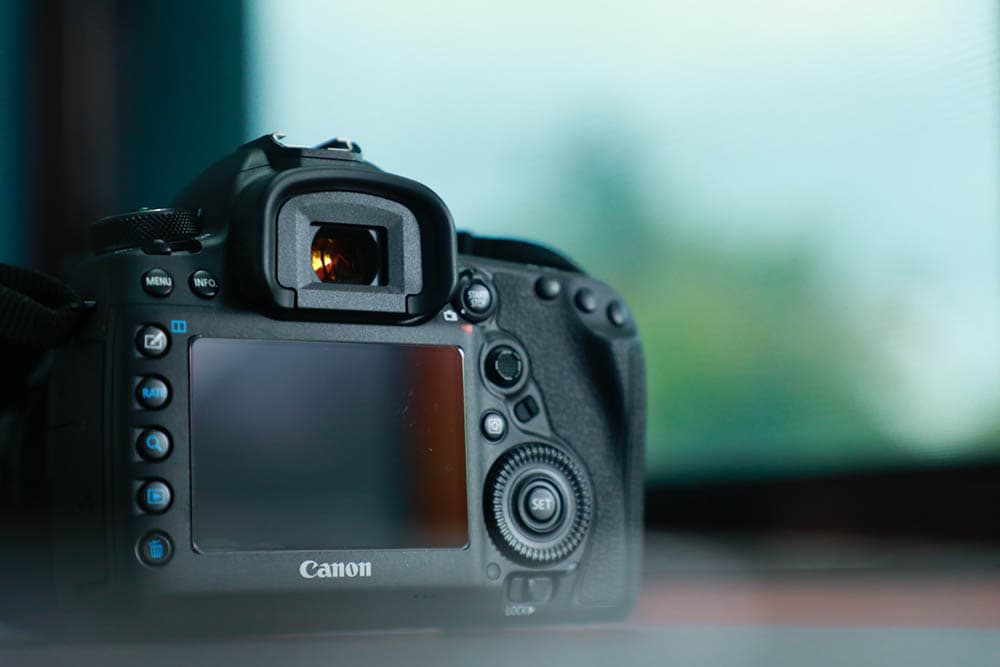
Note: This article’s statistics come from third-party sources and do not represent the opinions of this website.
Digital cameras were once an essential item for any family gathering or party. The camera’s advent and advancement in cell phones has forced the digital camera market to change considerably. Not only is it more convenient to use the camera on a cell phone, but the quality of the camera apps on most phones has increased to match or, in some cases, even exceed those of the point-and-shoot digital camera. The Covid pandemic lockdowns and the subsequent economic uncertainty following the pandemic has had serious consequences on the market. Still, even before this, sales were dropping dramatically.
Below, you will find 13 statistics on digital cameras, their sales, and more related to this market in decline.

The 13 Digital Camera Sales Statistics
- Camera sales peaked in 2010 when more than 120 million units were shipped globally.
- Globally, 2022 is expected to see a $21.7 billion revenue.
- Canon still dominates the camera market with a 45% market share.
- Sony and Nikon are 2nd and 3rd place in market share.
- Despite having the third-highest market share, Nikon posted a loss of more than $250 million for the first half of 2021.
- Cameras with interchangeable lenses now make up the majority of digital camera sales.
- Point-and-shoot camera sales fell 22% between 2018 and 2019.
- Mirrorless camera sales increased 2% from 2018 to 2019.
- The average DSLR camera costs just over $700.
- A typical mirrorless camera costs more than $850.
- The Sharp J-SH04 was the first phone to include a digital camera and was launched in 2000.
- By 2003, sales of feature phones were higher than those of compact cameras.
- 61% of people use the camera on their smartphone every day.

Digital Camera Sales
1. Camera sales peaked in 2010 when more than 120 million units shipped globally.
(Petapixel)
The first digital camera was actually invented by Kodak in 1975. However, it weighed over 8 pounds and certainly wasn’t what we could consider a compact or personal digital camera.
Although it’s hard to exactly pinpoint the start of the digital camera revolution, the Dycam Model 1, also known as the Logitech Fotoman, launched in 1990 and was the first to hit store shelves. It used the newly created JPEG and MPEG standards, relied on a CCD sensor, and allowed the images to be downloaded to a PC.
Following the launch of the Dycam, things really took off, and the industry saw its record year in 2010 when more than 120 million digital cameras were sold worldwide.
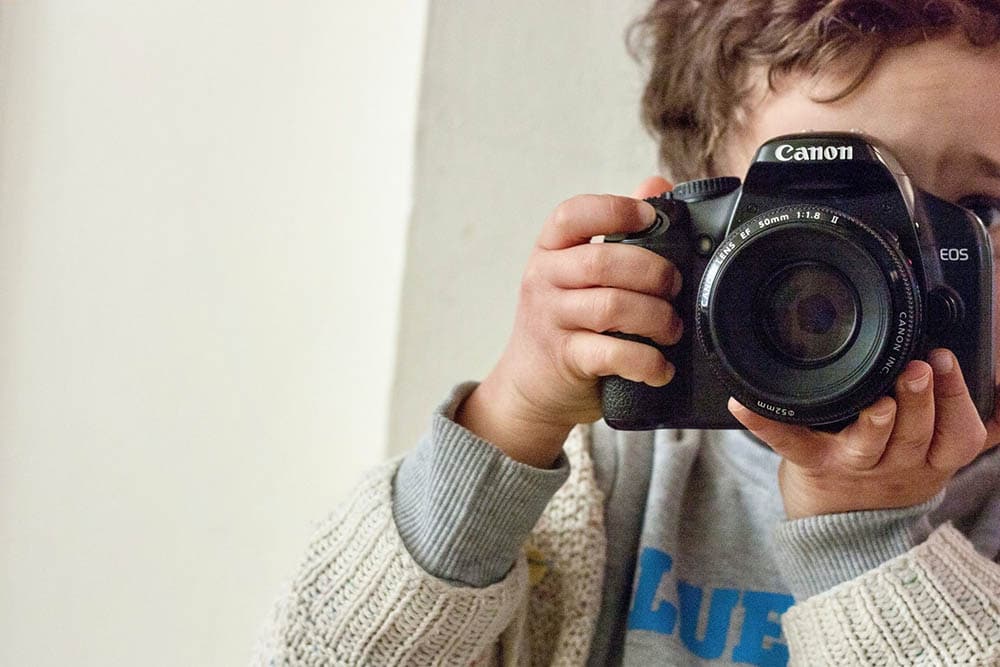
2. Globally, 2022 is expected to see a $21.7 billion revenue.
(Statista 1)
Although the market has declined significantly over recent years, it is expected to bounce back a little following disastrous Covid years. It is estimated that 2022 will see global revenue of $21.7 billion across all digital camera and equipment sales, including all types of digital cameras.
(1k Creatives)
During the 1990s, Canon partnered with Kodak to produce digital cameras, but in 2000 the company released its EOS D30. This was the first camera that was designed and manufactured wholly by Canon, and it would be the start of the company’s domination over the market. Today, Canon holds a 45% market share in a market that also includes the likes of Sony, Nikon, Panasonic, and Olympus.
(1k Creatives)
Canon’s lead over the rest of the market is significant. Sony holds the second spot with 20.2% of the market, while Nikon, in third, has an 18.6% market share. Lagging still further behind are Fujifilm and Panasonic, both with a 4.7% market share. Sony’s share has increased, but it still has a significant way to go over its main rival.
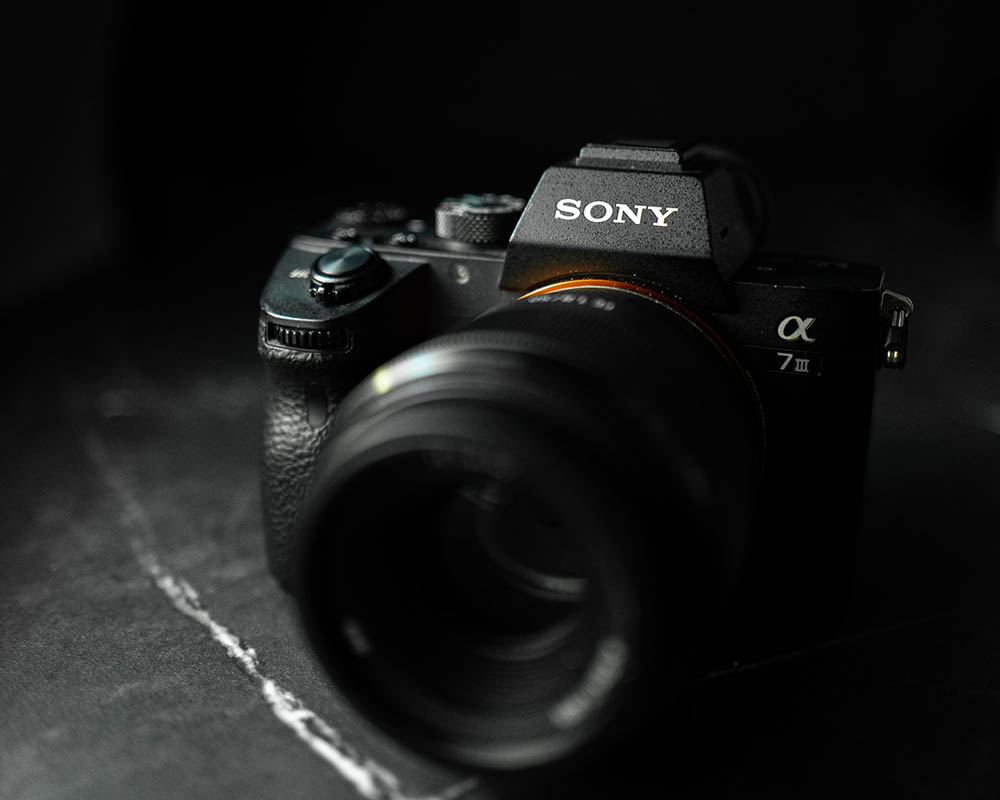
(1k Creatives)
While Sony has increased its market share, Nikon has gone in the other direction, losing ground to its competitors. Furthermore, the company reported losses of more than $250 million in the first half of 2021, although 2021 was an exceptional year that posed difficulties for most companies.

Camera Types
6. Cameras with interchangeable lenses now make up the majority of digital camera sales.
(Statista 2)
There are four main types of digital cameras: bridge, compact, DSLR, and mirrorless cameras. They can also be divided into cameras with fixed or interchangeable lenses. While point-and-shoot, or fixed-lens cameras, were the most popular during the heydays of the digital camera era, this is no longer the case, and more models with interchangeable lenses are now sold. This points to the fact that the market is now dominated by professional and serious photographers.
7. Point-and-shoot camera sales fell 22% between 2018 and 2019.
(3D Insider)
Another statistic that shows the digital camera market is dominated by professional photographers is that 22% fewer point-and-shoot cameras were sold in 2019 compared to 2018. Point-and-shoot cameras tend to be compact cameras with fixed lenses.

8. Mirrorless camera sales increased 2% from 2018 to 2019.
(3D Insider)
DSLR cameras are those that bounce light off a mirror to the viewfinder and sensor. In contrast, a mirrorless camera passes light directly to the sensor. This means that a live image is passed to the digital viewfinder, or LCD screen. Mirrorless cameras tend to be lighter and more compact, offer the benefits of an electronic viewfinder, and have a wider range of digital image manipulation features compared to DSLR cameras. However, mirrorless cameras do tend to be more expensive than a DSLR of roughly equivalent quality, and they have shorter battery life.
While DSLR camera sales declined between 2018 and 2019, sales of mirrorless cameras, usually preferred by professional photographers, actually increased by 2% during the same period.
9. The average DSLR camera costs just over $700.
(TheCostGuys)
DSLR cameras rely on optical viewfinders, which means that users do not have the benefit of seeing a digital version of a scene before snapping it. However, they do tend to be cheaper than mirrorless cameras. The average cost of a DSLR camera is around $700. However, prices can vary from a few hundred to a few thousand dollars, depending on the manufacturer and model, as well as the features of the camera.
10. A typical mirrorless camera costs more than $850.
(TheCostGuys)
Mirrorless cameras allow users to be able to see a scene on a digital screen before taking a photo. The screen shows a large version of the image and allows for some changes to be made before the picture is taken. This type of camera also has a greater range of automatic settings, but the cost does tend to be higher, with the average price of a mirrorless camera being $850. Again, though, there is a significant variation in prices according to the quality of the camera.
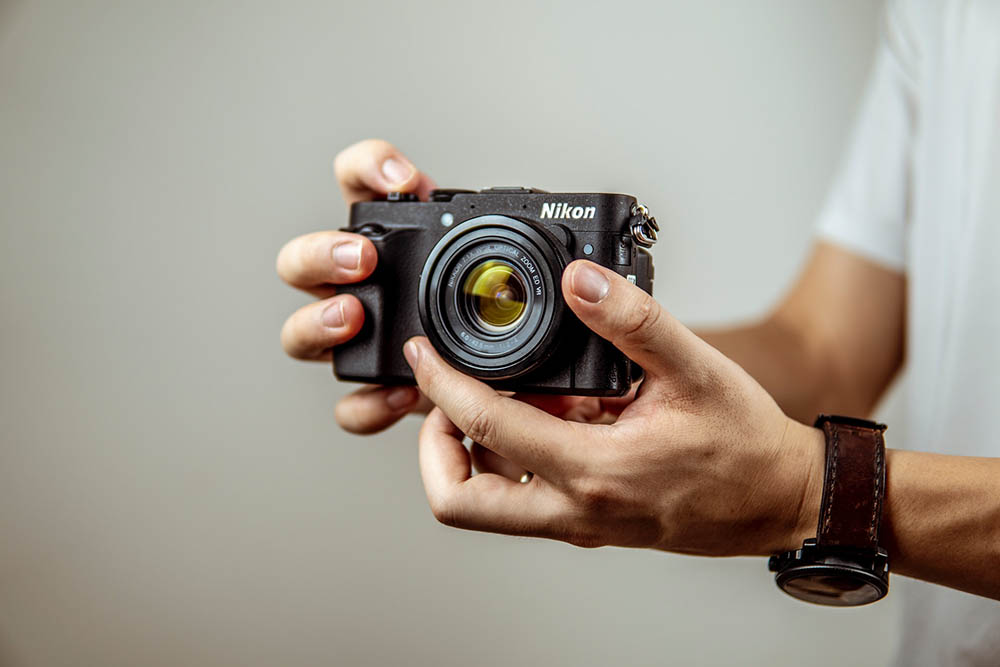

Cell Phone Competition
11. The Sharp J-SH04 was the first phone to include a digital camera and launched in 2000.
(Petapixel)
Cell phones have posed the biggest threat to digital cameras by far. Most people already carry a phone in their pocket, so having one that takes photos of a decent quality negates the need to have to carry or buy a digital camera. What’s more, the quality of cell phone cameras has risen dramatically, and some are equivalent to the quality of point-and-shoot cameras.
While the iPhone is often credited with introducing camera features to cell phones, it was actually the Sharp J-SH04 that was the first phone to include a digital camera. It launched in 2000.
While Sharp may have been first to market with a camera-enabled cell phone, it really was the iPhone that made the concept popular and advanced the cell phone camera. The first iPhone launched in 2007. The first generation of the iPhone had a 2-megapixel, rear-facing camera and did not feature a front-facing camera.
12. By 2003, sales of feature phones were higher than those of compact cameras.
(Petapixel)
By 2003, sales of feature phones were already outstripping sales of digital cameras, but the poor quality of camera phones meant that digital camera sales still continued to increase for some significant time after this date.

13. 61% of people use the camera on their smartphone every day.
(Gadget Cover)
Today, more than 60% of people say that they use their phone camera on a daily basis. The front-facing camera, which allows for easy selfie shooting, has further increased the device’s popularity.

Frequently Asked Questions About Digital Camera Sales
Which camera is sold the most?
Because of the size of market share that Canon has, their name pops up repeatedly in a list of the most popular cameras sold since 2010. The Canon EOS 5D Mark II is the most popular camera, followed by the Canon EOS 7D. Nikon takes the next two spots with the D7000 and the D300, respectively, before Canon’s EOS 5D and EOS 40D. In a list of the top 10 best-selling cameras between 2010 and 2020, only Canon and Nikon cameras are featured. Interestingly, six of the top 10 are actually Nikon. (SLRLounge)
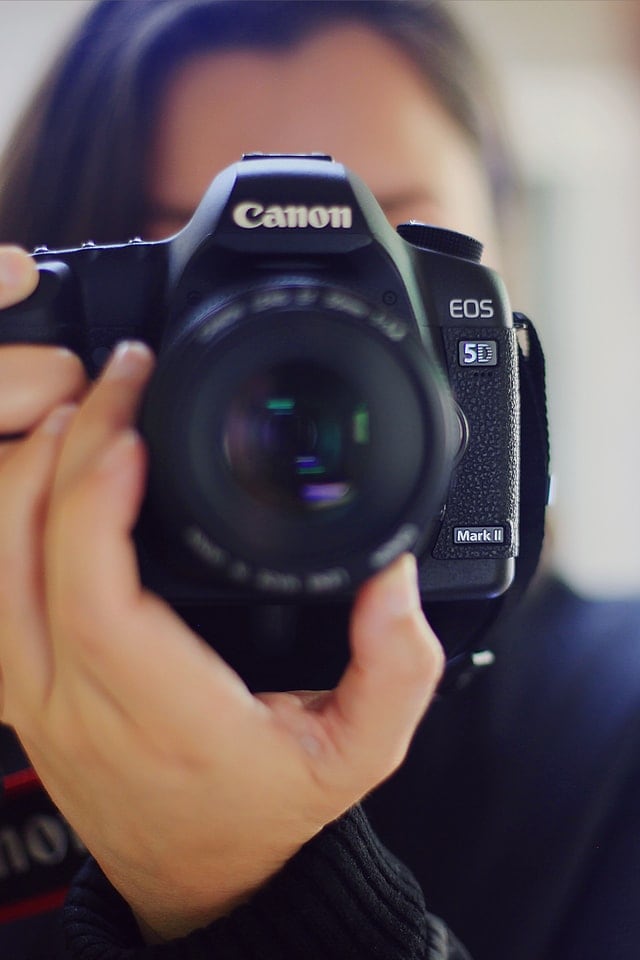
How many cameras are sold each year?
Despite selling more than 120 million digital cameras in 2010, fewer than 10 million cameras were sold for this year. It is worth noting that 2021 was an extraordinary year thanks to the Covid pandemic, but sales figures had been declining heavily even before that.
Are cameras still popular?
Figures and trends suggest that digital camera sales have dropped significantly in the past 10 years, although the sale of mirrorless cameras has remained steady, and it looks likely that digital cameras are still popular with professional photographers, who are unable to get the same quality of photos from a cell phone camera.
Cell phone sales continue to soar, and manufacturers continue to increase and enhance the quality of the cameras on these devices, so cameras are still very popular, although their modern iteration is very different than what it once was.

Conclusion
Digital camera sales have dropped significantly since the heyday of 2010, thanks primarily to cell phone cameras. Not only do virtually all modern cell phones include cameras, but even the most basic cell phones can now take at least half-decent images that will satisfy users.
Table of Contents
- The 13 Digital Camera Sales Statistics
- Digital Camera Sales
- 1. Camera sales peaked in 2010 when more than 120 million units shipped globally.
- 2. Globally, 2022 is expected to see a $21.7 billion revenue.
- 3. Canon still dominates the camera market with a 45% market share.
- 4. Sony and Nikon are 2nd and 3rd place in market share.
- 5. Despite having the third-highest market share, Nikon posted a loss of more than $250 million for the first half of 2021.
- Camera Types
- 6. Cameras with interchangeable lenses now make up the majority of digital camera sales.
- 7. Point-and-shoot camera sales fell 22% between 2018 and 2019.
- 8. Mirrorless camera sales increased 2% from 2018 to 2019.
- 9. The average DSLR camera costs just over $700.
- 10. A typical mirrorless camera costs more than $850.
- Cell Phone Competition
- Frequently Asked Questions About Digital Camera Sales
- Conclusion
About the Author Robert Sparks
Robert’s obsession with all things optical started early in life, when his optician father would bring home prototypes for Robert to play with. Nowadays, Robert is dedicated to helping others find the right optics for their needs. His hobbies include astronomy, astrophysics, and model building. Originally from Newark, NJ, he resides in Santa Fe, New Mexico, where the nighttime skies are filled with glittering stars.
Related Articles:
15 Photography Industry Statistics, Trends, & Data (2024 Update)
11 Security Camera Statistics & Data – 2024 Update
18 Virtual Reality Statistics and Data – Updated in 2024
12 Glasses Industry Statistics & Data – Updated in 2024
15 Drone Statistics & Data – Updated in 2024
17 Red Light Camera Statistics & Data – Updated In 2024
13 Police Body Camera Statistics and Data – Updated in 2024
